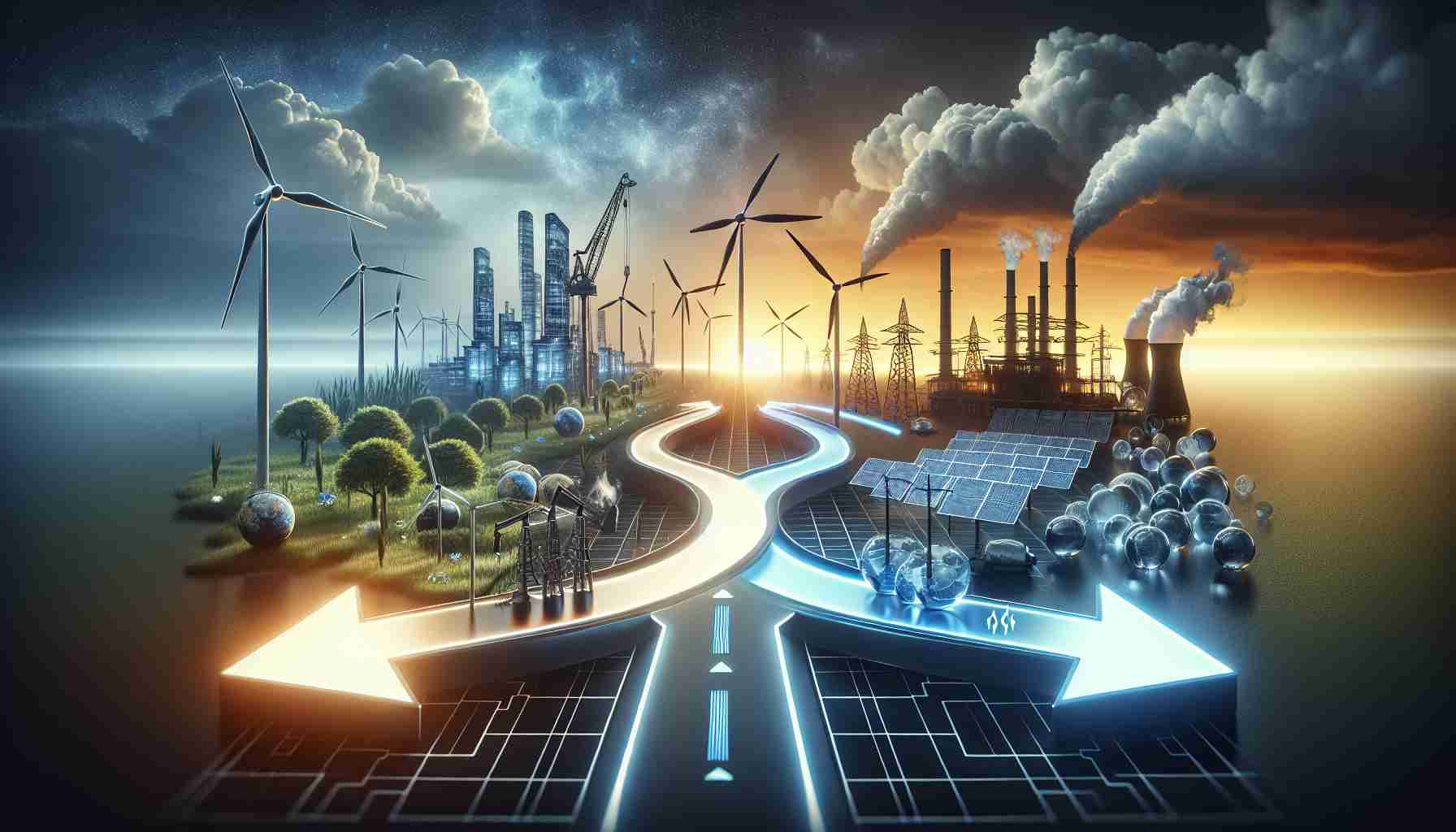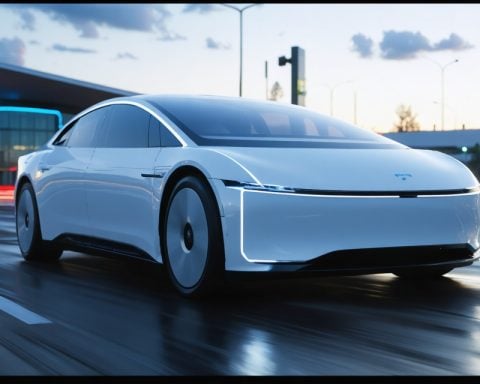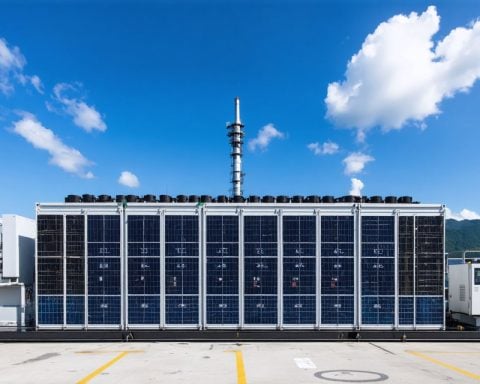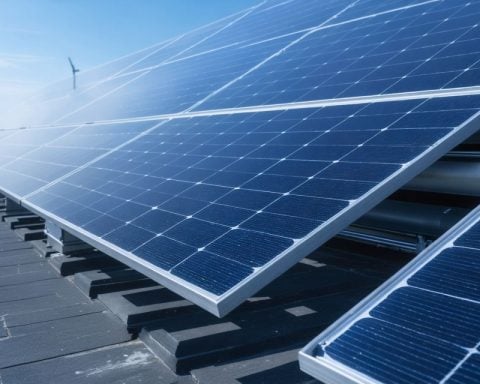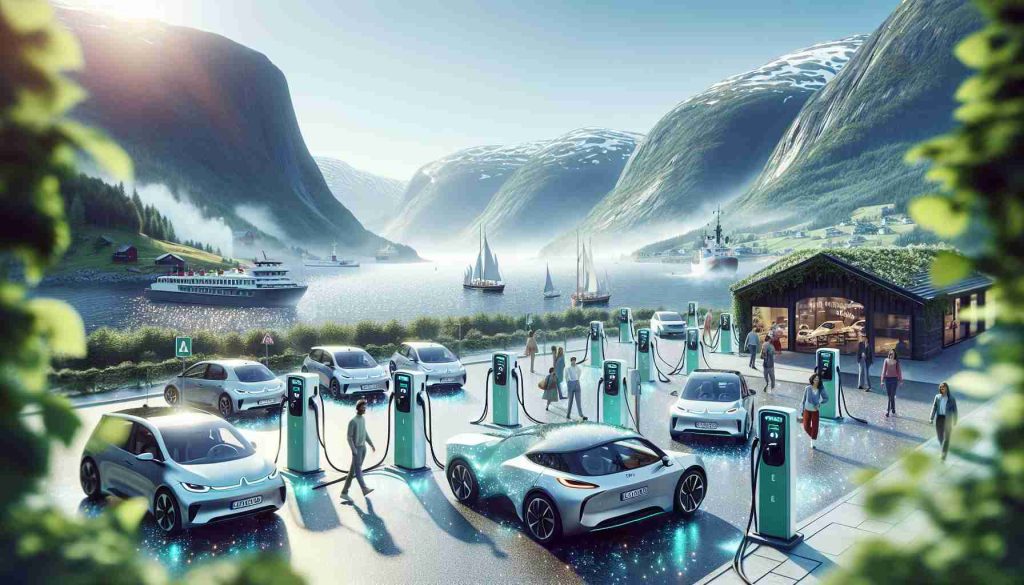Trump’s Day One Energy Plans
On his inauguration day, President-elect Donald Trump plans to unveil significant measures aimed at transforming the U.S. energy landscape. His administration intends to announce a national energy emergency, which focuses on maximizing resources in Alaska and eliminating the current electric vehicle mandate.
With a clear strategy to boost domestic oil and gas production, Trump aims to alleviate costs for American consumers. An official communication highlighted the broader economic implications, explaining how fluctuating energy prices affect everyday expenses, from fuel to goods that depend on fossil fuels for production.
Additionally, the incoming president is set to sign a memorandum addressing inflation, drawing a stark contrast to the previous administration’s policies. Trump’s plan includes measures that will empower the country to enhance its natural resource output rapidly, creating jobs and reinforcing national security.
Despite the rising trend in U.S. crude oil production, which reached unprecedented levels last year, Trump has remained opposed to renewable energy initiatives and electric vehicle subsidies. His mantra of “drill, baby drill” underscores his commitment to traditional energy sources.
Among the changes, the new order seeks to eliminate various consumer restrictions related to everyday products. Recent data shows U.S. crude production soared to more than 13.4 million barrels daily, marking a considerable increase since Trump last held office, illustrating a pivotal moment in the nation’s energy sector.
The Broad Implications of Trump’s Energy Agenda
As President Trump positions himself to reconfigure the U.S. energy landscape, the implications of his policies—particularly the emphasis on conventional energy sources—extend far beyond immediate economic benefits. The push for heightened fossil fuel production raises critical questions about the future of global energy markets. With the U.S. already a leading producer of crude oil, increased domestic output could shift geopolitical dynamics, particularly in regions heavily reliant on energy exports.
From a cultural standpoint, Trump’s energy policy signifies a stark return to prioritizing traditional industries over renewable counterparts, reflecting a broader societal dialogue on climate change and sustainability. While the rhetoric supports job creation and economic growth, the sidelining of renewable energy initiatives may frustrate a growing segment of the population advocating for environmentally responsible alternatives.
Environmental concerns cannot be overlooked. Heightened fossil fuel extraction threatens ecosystems, particularly in sensitive areas like Alaska. The long-term effects of increased greenhouse gas emissions could exacerbate climate change, intensifying natural disasters and impacting global agricultural productivity.
Looking ahead, the prevailing trend towards fossil fuels may stifle technological advancements in renewables, creating a divide in energy innovation. As global markets evolve, the U.S. risks falling behind in the green energy race, potentially impacting its competitiveness on the world stage. The crucial intersection of energy policy, economy, and the environment underscores the complex challenges and responsibilities ahead.
Donald Trump’s Bold Energy Vision for America: A Transformative Day One Agenda
Introduction to Trump’s Energy Plans
On his inauguration day, President-elect Donald Trump is set to unveil a comprehensive agenda aimed at reshaping the U.S. energy sector. His plans include declaring a national energy emergency that prioritizes the maximization of natural resources, particularly in Alaska, while also seeking to dismantle existing mandates surrounding electric vehicles.
Key Features of Trump’s Energy Agenda
1. Focus on Fossil Fuels: Trump’s administration will emphasize boosting domestic oil and gas production as a primary strategy. The goal is to ease costs for American consumers by enhancing the availability of vital energy resources. This focus stems from concerns regarding the economic impact of fluctuating energy prices, which affect not only fuel costs but also the prices of goods dependent on fossil fuels.
2. Job Creation and Economic Growth: By ramping up the country’s natural resource output, Trump aims to create new job opportunities in the energy sector. This approach is intended to stimulate economic growth while fortifying national energy security.
3. Inflation Memorandum: Trump’s administration has plans to sign a memorandum aimed at tackling inflation, highlighting a shift from previous policies. This document will likely include strategies for managing energy prices and supply.
4. Dismantling Renewable Initiatives: A notable aspect of Trump’s energy plan is his opposition to renewable energy initiatives and electric vehicle subsidies. His commitment to traditional energy sources is encapsulated in his motto, “drill, baby drill.”
Market Analysis and Production Trends
Recent statistics reveal that U.S. crude oil production skyrocketed to over 13.4 million barrels per day, a significant uptick compared to the previous years and a testament to the growing importance of fossil fuels in the national energy landscape. This production spike signals a pivotal moment as Trump prepares to take office, reinforcing his agenda’s urgency and relevance within the modern energy debate.
Pros and Cons of Trump’s Energy Plans
Pros:
– Economic Incentives: Lower energy prices for consumers due to increased supply.
– Job Opportunities: Job creation in the oil and gas sectors.
– National Security: Enhanced energy independence and security through domestic production.
Cons:
– Environmental Concerns: Potential negative impact on climate change efforts and ecosystems with a renewed focus on fossil fuels.
– Innovation Stagnation: A lack of support for renewable energy technologies could hinder innovation in sustainable energy.
Predictions for the Future of U.S. Energy
As President Trump moves forward with his energy agenda, the landscape of U.S. energy production is likely to see substantial changes. Analysts predict continued growth in oil and gas outputs while the push for renewable energy may face significant setbacks. This shift may ignite further debates on the balance between economic growth and environmental sustainability.
Conclusion
Donald Trump’s first day in office promises a radical shift in U.S. energy policy, reclaiming a dominant focus on fossil fuels at a time when energy prices and inflation remain significant concerns for Americans. The impact of such policies will resonate across various sectors and may redefine the energy narrative in the United States for years to come.
For further insights on energy policies and their implications, visit Energy.gov.
